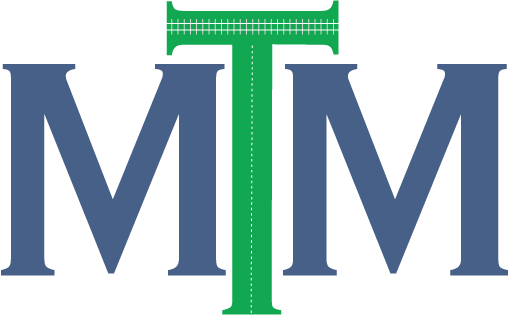The Mojave Transportation Museum Foundation is a non-profit 501c3 corporation headquartered in Mojave, CA.
The goal of the foundation is to establish a museum to preserve Southern California aviation, railroad, automobile and animal transportation history and culture. This will be accomplished through a variety of one-of-a-kind and hands-on, indoor and outdoor exhibits. The museum will be home to a large number of completely unique aircraft and ground transportation that showcase the history of Mojave and the surrounding area.
MISSION
The primary mission of the Mojave Transportation Museum Foundation is to build a world class destination transportation museum and to help educate the next generation of skilled workers that will carry on the unique and groundbreaking engineering tasks performed here in Mojave and aggressively pursue educational outreach to surrounding schools. The transportation museum seeks to integrate a learning center with classrooms that would serve all levels of education – from grade school on up to university level.
The long-range goal is to construct a large campus facility, in segments, which will contain collections of pioneer-era aircraft, automobiles, bicycles, carriages, motorcycles, trains and engines either on loan or on permanent display. A Mojave Airport Transportation Museum would allow displays for flyable aircraft and working railroad trains.
DIRECTOR’S FORWARD
Traveling Through Time: From Mule Teams to Space Dreams
The Mojave Transportation Museum Board of Directors believes there is a need to preserve the transportation history and heritage of the Mojave area by creating a museum with an educational outreach, on Mojave Airport property, next to Highway 58, that will edify local students, volunteers and the general public of the abundant history of transportation from the early Native Americans traveling on foot; the Borax 20-Mule-Team coming from Death Valley to the railhead in Mojave during the 1800’s; the Mojave Railroad history beginning in 1876 and continuing today with two major railroads, Union Pacific and Burlington Northern Santa Fe running over 40 trains per day through Mojave; the construction of the Los Angeles Aqueduct in 1906; the truck transport history from the 1920’s to present day with thousands of big rigs per day passing through Mojave; the Mojave Airport history from the 1930’s and WWII Marine Corps Air Station; storage and maintenance location for hundreds of airliners; the accomplishments of Burt and Dick Rutan at Mojave Airport, and on to the new boundaries of Space.
Add to all of that, Edwards AFB, located just 15 miles East; NACA/NASA Dryden is located on Edwards AFB. There is lost aircraft history that needs to be resurrected and preserved. At present, the airplanes built and flight tested in the Antelope Valley are moved to Museums throughout the United States.
There is a grand future of Transportation at the Golden Crossroads of Mojave, where SR58 and SR14 intersect. The museum would collect, record, preserve and display artifacts from the local East Kern area.
The planned museum campus will include:
- Wall of Donors
- Gift Shop
- Museum Theater
- Main Display Area that can also accommodate Banquets and Special Events
- Transportation History Research Library
- Mojave Chamber of Commerce Office (Santa Fe caboose)
*Check our our Virtual Museum for antique photos and info about Mojave.
The Mojave Transportation Museum’s Strategic Plan is built around five key priorities:
- Make Museum an intellectual destination for travelers and nearby community schools
- Present compelling displays and seminars on the history of the railroad, Borax 20-mule-team, gold mining, Mojave Airport, Edwards AFB, and NASA; and the future of our embryonic Spaceport
- Cultivate our unique resource base
- Promote external partnerships, i.e.: East Kern Airport District, United States Air Force, NASA, The Mojave Chamber of Commerce, L.A. Live Steamers, and the Antelope Valley Model Railroad Club.
- The Plan also seeks to foster the development of new audiences in Mojave and beyond. It encourages the pursuit of a historical research library, Multimedia Theater and creative intellectual collaborations.
